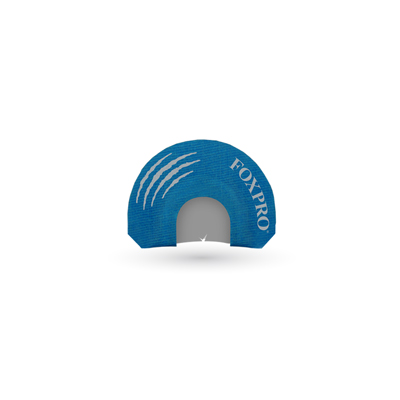
Biggest mistake people make is they don't see one after 10-15 minutes and they get up and move.

Learn where it comes from, where to set up and where not to be. If hunting during the day, remember coyotes will probably see you before you see them, especially if you don't take care to not make a ton of noise and do dumb things like skyline yourself against the top of that hill you just walked over to get to where you are going to set up. Always happy to help out a fellow hunter. If you need any specific advice, PM me and I'll give you my number. They're not cheap but he's a terrific teacher and a few days with him will make you a much better caller. Many of the properties I am asked to call have already been worn out with Foxpro and Randy Anderson sounds. I hunt predators as part of my job and part of my living. He also has sounds for sale that are WAY more successful for me. If you can't find someone, go check out Tony Tebbe at He has a amazing video for new (and seasoned) predator hunters. There are plenty of us that are willing to educate others with a real interest. My advice is to find someone locally that's an accomplished caller to teach you. Setting up is an art if you're not hunting the wide open plains. My guess is that you are not setting up right and they're busting you. Now, I do use these sounds at time to use the territorial nature of coyotes to bring them in but that's a deliberate act that can only be used during the breeding season and occasionally when they have pups in the den. They do this to challenge the threat and to ward others of the threat - each has its own bark. I'm guessing you heard barks which is what they do when they locate a threat.

They howl before they hunt and they howl after a successful hunt - never during. When coyotes hunt they do not make noise. One thing I noticed in your OP is the part about 'getting a response.' What, exactly, are you talking about? If you're getting a bark in response to your distress call, YOU'RE BUSTED! I can't think of a scenario where a response to a distress sound is a good sign. A whole book could be written on just that aspect of predator hunting. There are SO many tricks for running sounds and they vary by conditions, season, terrain, part of the country, public/private land, etc. Also, I usually change sounds about every 5-6 minutes, staying with the same type of sound - like cottontail distress sounds for the whole set. I do play with the volume, ramping it and down from time to time.

For me, when they arrive on a quiet spot they're REALLY looking around and tend to pick me off more easily. I like them being focused on a sound when they arrive. I run my call almost non stop - I randomly give it a 15-30 second break every now and then.


 0 kommentar(er)
0 kommentar(er)
